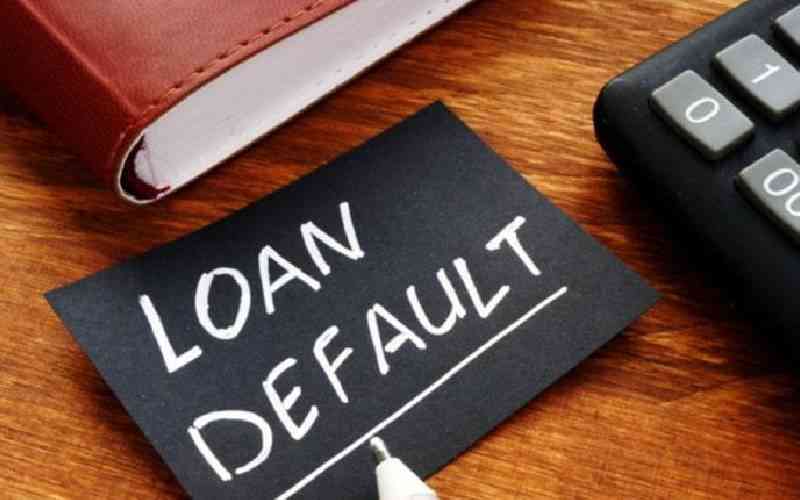×
The Standard e-Paper
Kenya’s Boldest Voice

The majority of Kenya's commercial banks now fear more than half of Kenyan borrowers and traders will default on their household and business loans, according to a new survey by the Central Bank of Kenya (CBK).
The projected rise in loan defaults to 54 per cent of borrowers is on the back of the worsening economic conditions in the country and the 39 banks fear this would add stress to their overall asset quality.